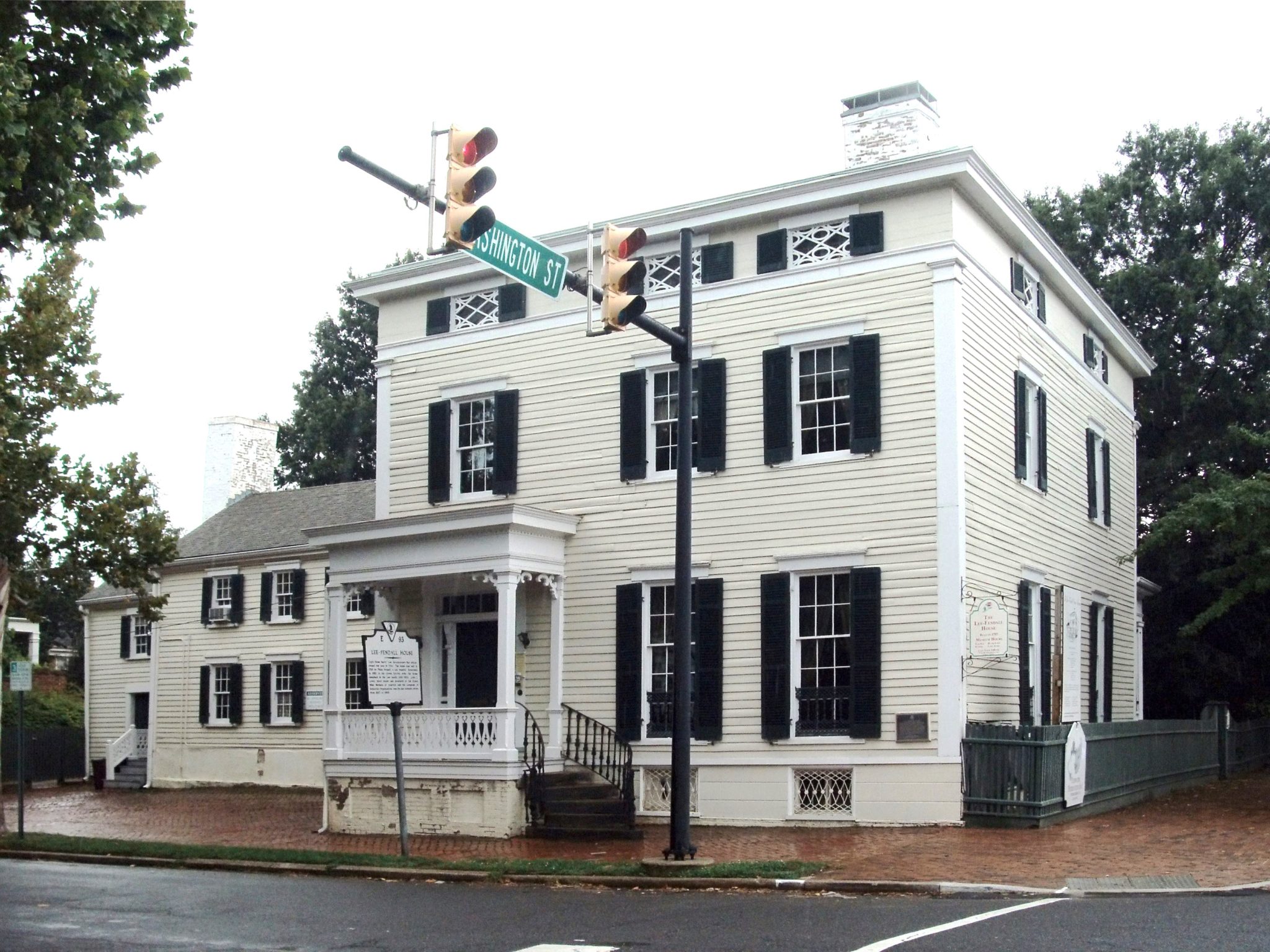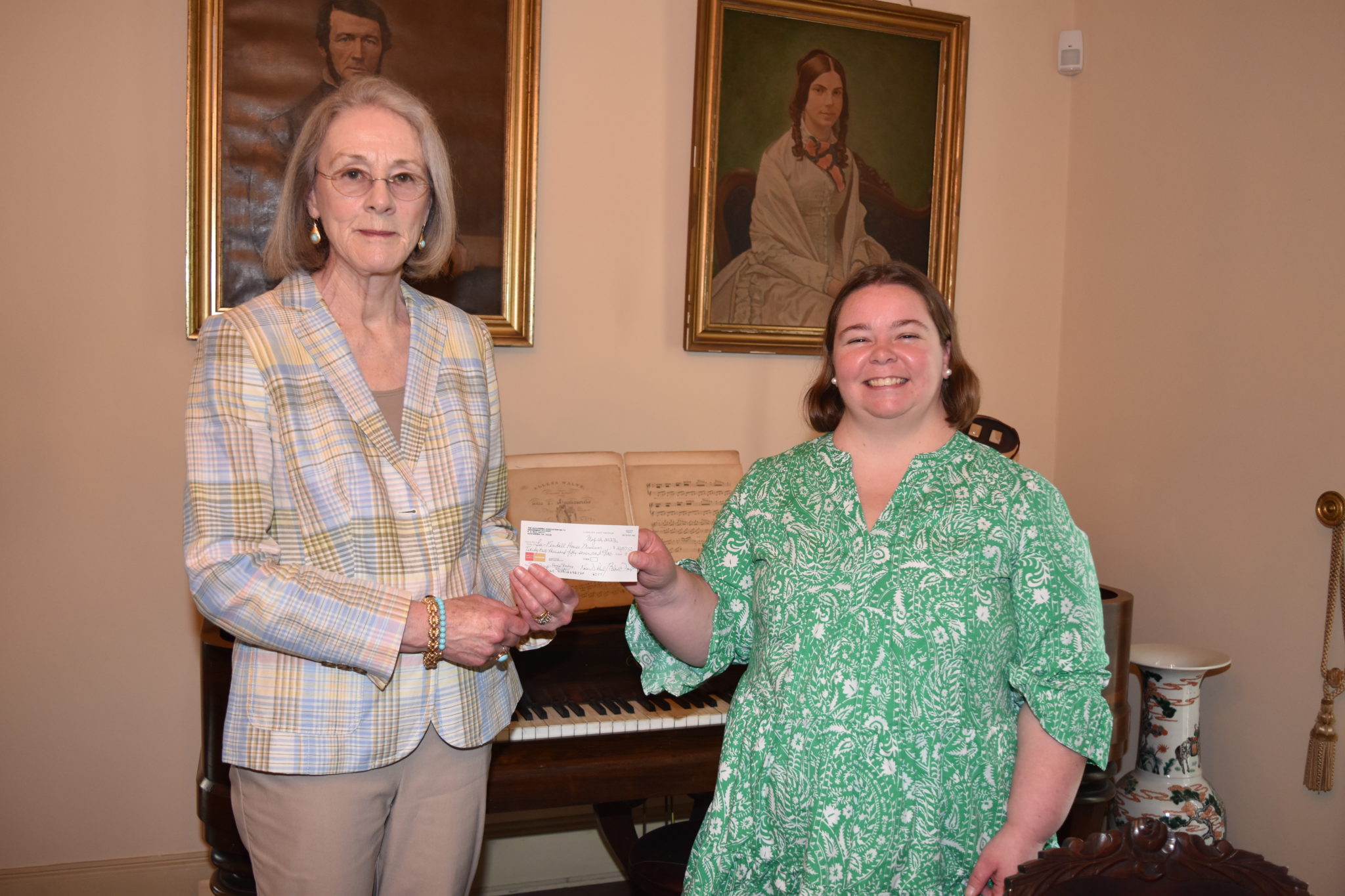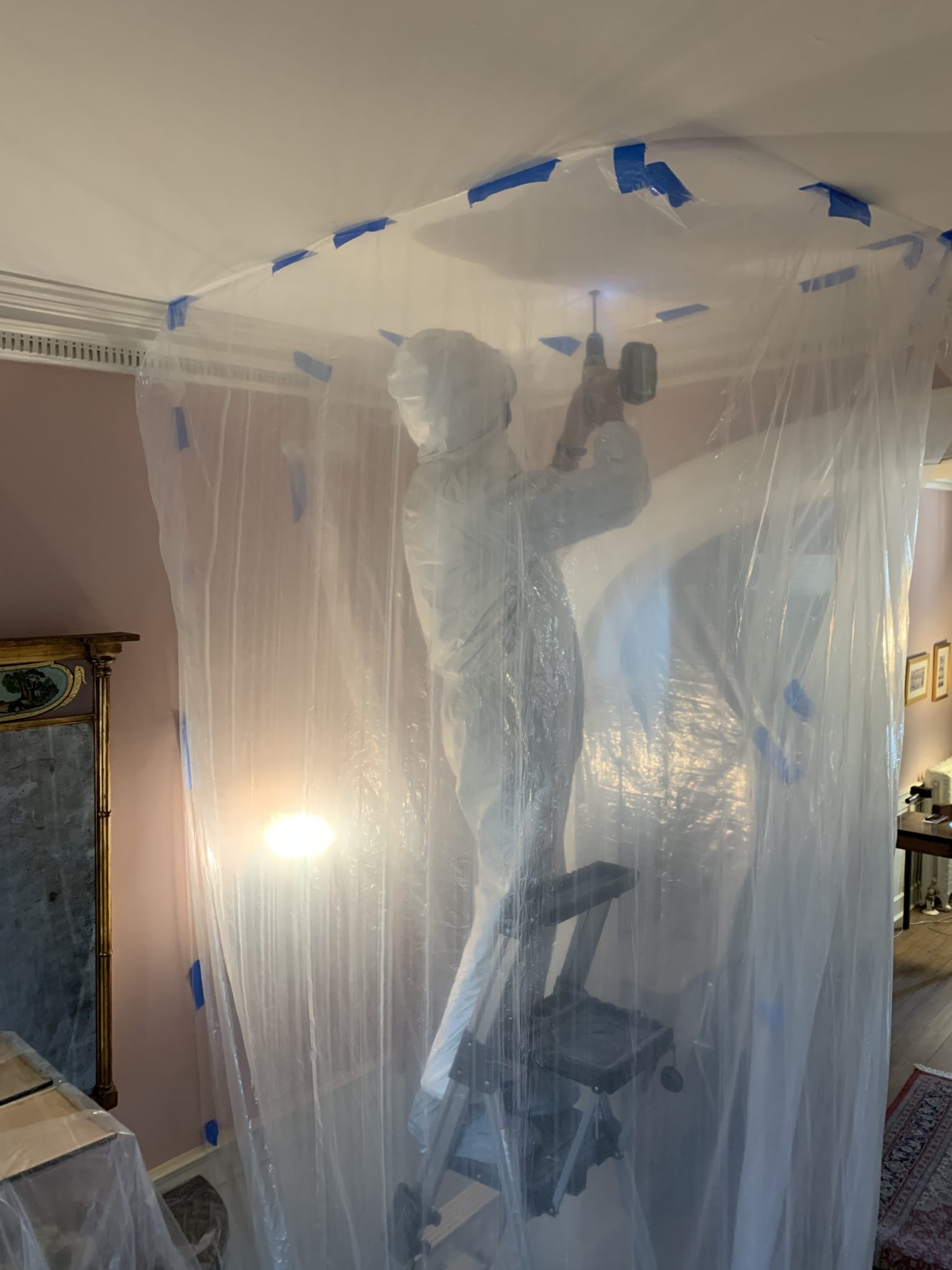Lee-Fendall House Museum Taking a Deep Dive Into Its Structural History Thanks to $40,000 Grant
Constructed in 1785, the property has a colorful past including Union Hospital and Bootlegging Operation

By Roberta Stevens
ALEXANDRIA, VA – The Lee-Fendall House, which sits at 614 Oronoco Street in Old Town Alexandria, has had a colorful past both for the notoriety of its owners and residents and as a Union Army hospital during the Civil War and a suspected part of a bootlegging operation during Prohibition. Thanks to a $40,000 grant from the Alexandria Association, an historic preservation organization, the house will undergo an intense structural survey to determine exactly what changes have been made here and there since it was built in 1785.
“The house, like Alexandria itself, has undergone substantial changes in its nearly 240-year existence,” says Megan Judt, fundraising chair for the Lee-Fendall House Museum & Garden’s Board of Directors. “This comprehensive report will document for the first time, the alterations that have occurred over the Lee-Fendall House’s extensive history and will provide the essential groundwork for planning future restoration efforts.”

Since its founding in 1932, the Alexandria Association has played an essential role in preserving and restoring the city’s historical treasures. Karen Paul, Alexandria Association president, said the membership’s approval for funding the project “was the best way to celebrate the Association’s ninetieth anniversary and the upcoming fiftieth anniversary of the Lee-Fendall House as a museum open to the public.”
The Lee-Fendall House’s double name reflects the ownership of Elizabeth Steptoe Lee, former mistress of Stratford Hall, and her husband Philip Fendall. In the twentieth century, John L. Lewis, a coal miner who rose to prominence as the president of United Mine Workers Union, made 614 Oronoco Street his home.

Often called “Alexandria’s best kept secret,” the Alexandria Association was started in 1932 when 37 concerned citizens assembled to discuss what needed to be done to maintain and preserve Alexandria’s historic architectural treasures. In their first year, they discussed issues still relevant today like the development of the waterfront, support for the local library and fundraising for preservation. Today there are more than 600 members.
The Alexandria Association’s 2023-2024 membership year begins in October with the first of its monthly lecture series featuring nationally recognized experts on archaeology and architectural history, eighteenth-century decorative and fine arts, and historic gardens and interiors. New members are welcomed. Information about the Alexandria Association’s lectures, study tours and grants is available on their website, alexandriaassociation.org.
The Lee-Fendall House Museum & Garden interprets American history through the experiences of the people who lived and worked on the property from 1785 to 1969 through tours, special programs, and exhibits.
TRENDING: City-wide food drive collects over 33,000 pounds for Alexandria’s ALIVE program
The first installment check for the Historic Structure Report was presented on May 12 to Megan Ritter Judt,




